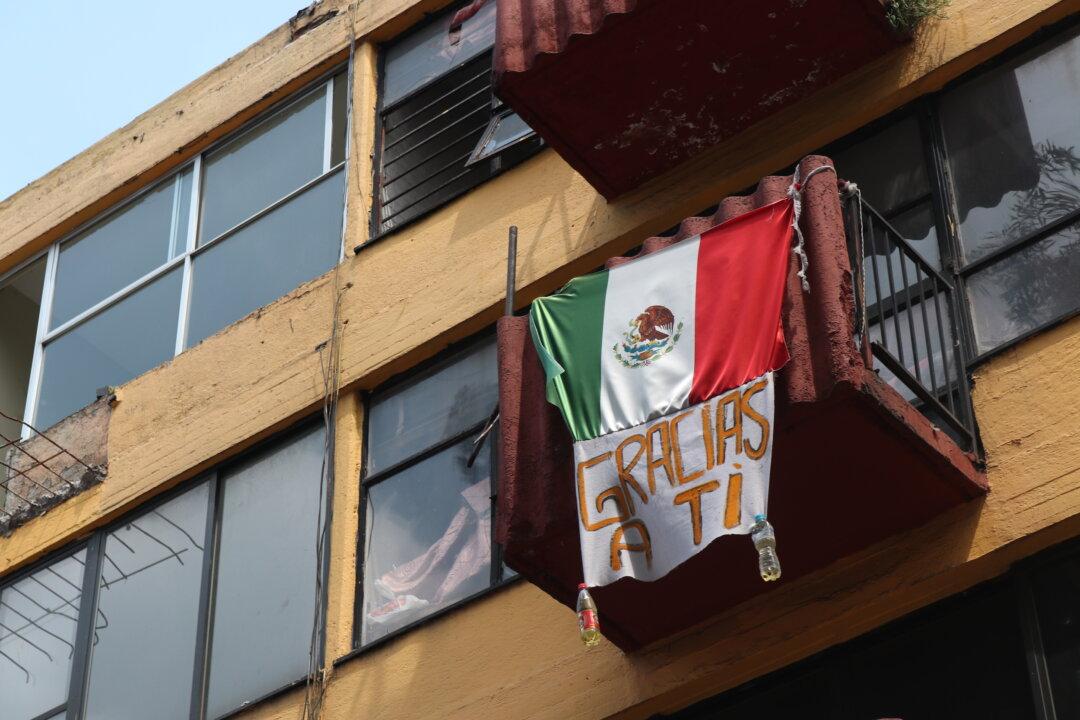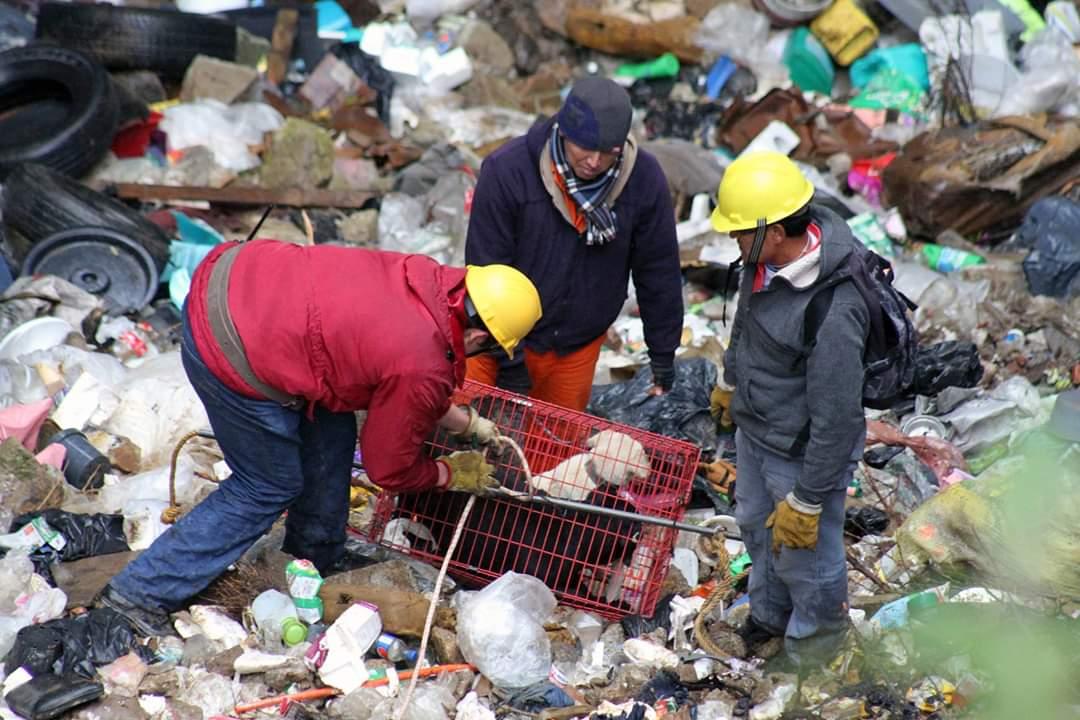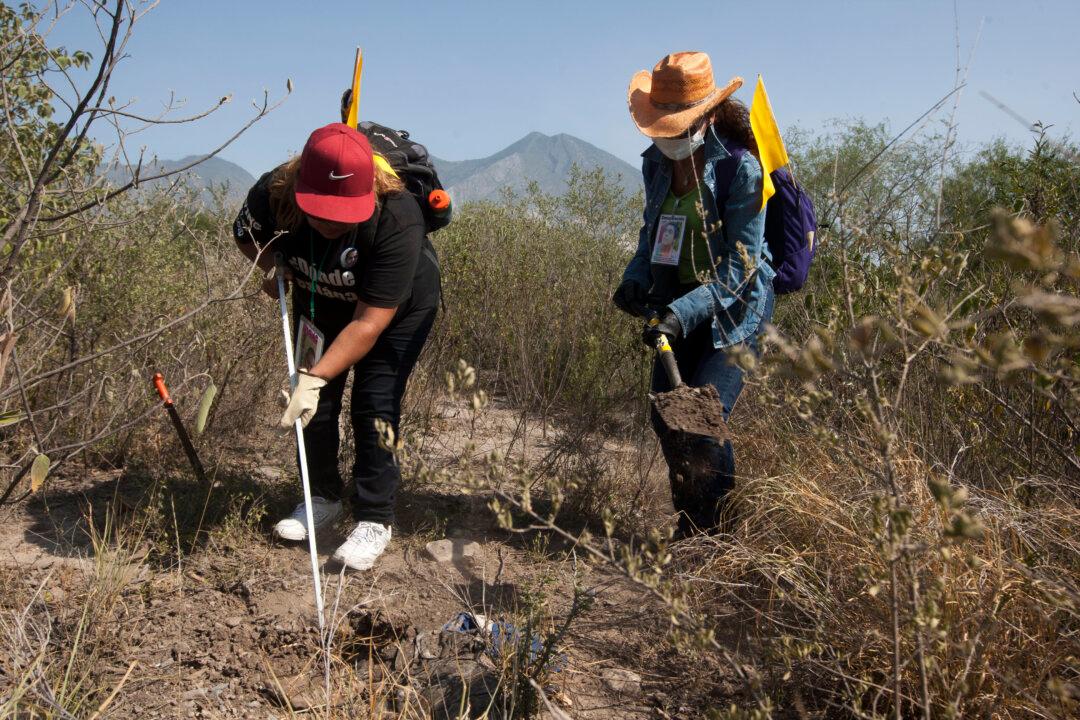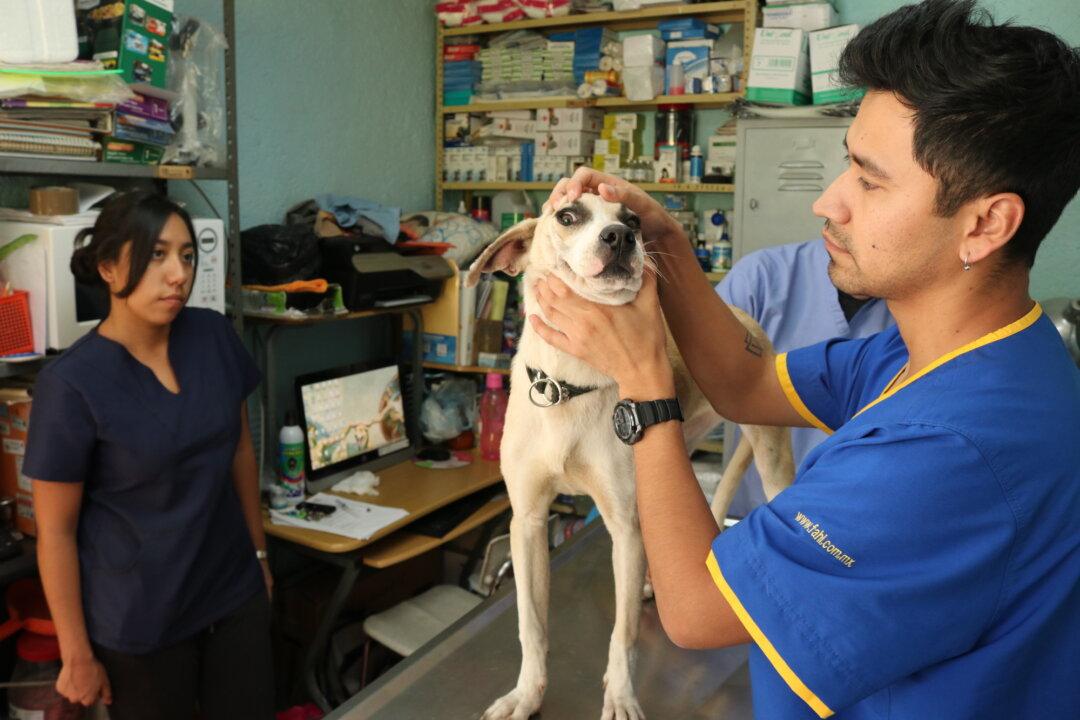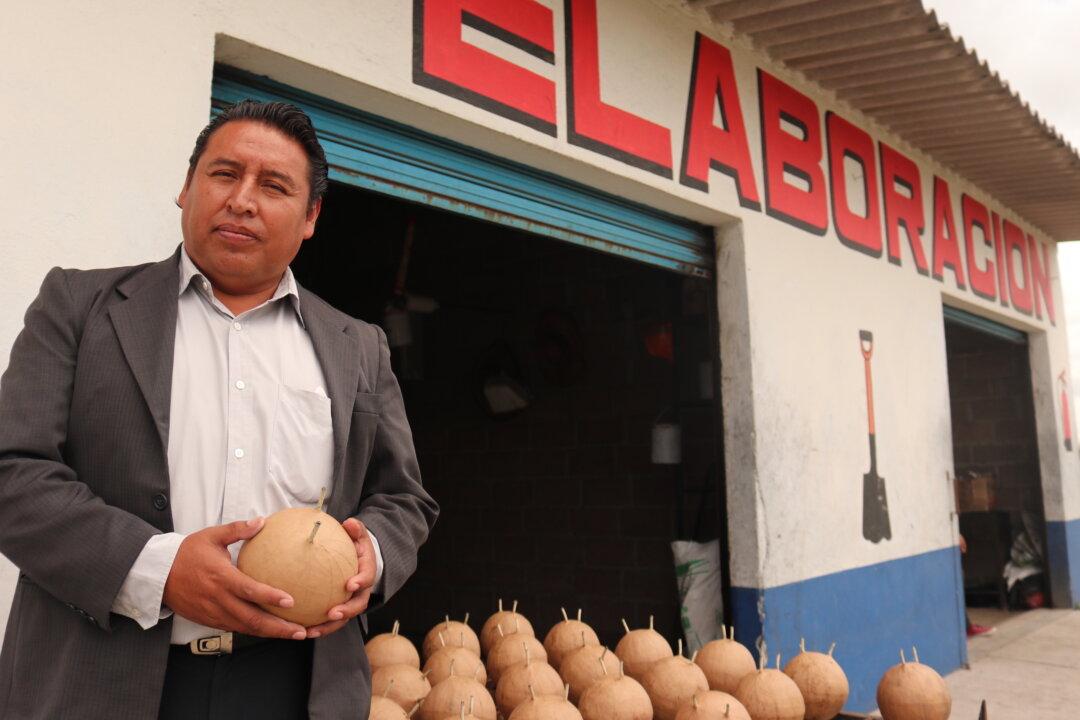MEXICO CITY—A year on from a devastating earthquake that struck Mexico City and killed dozens of people, hundreds of buildings are still uninhabitable and many of their former residents remain homeless.
At 1.14 p.m. on Sept. 19, 2017, the anniversary of another devastating quake in 1985 that claimed tens of thousands of lives in Mexico City, a 7.1 magnitude tremor shook the center of the country, killing about 370 people.
